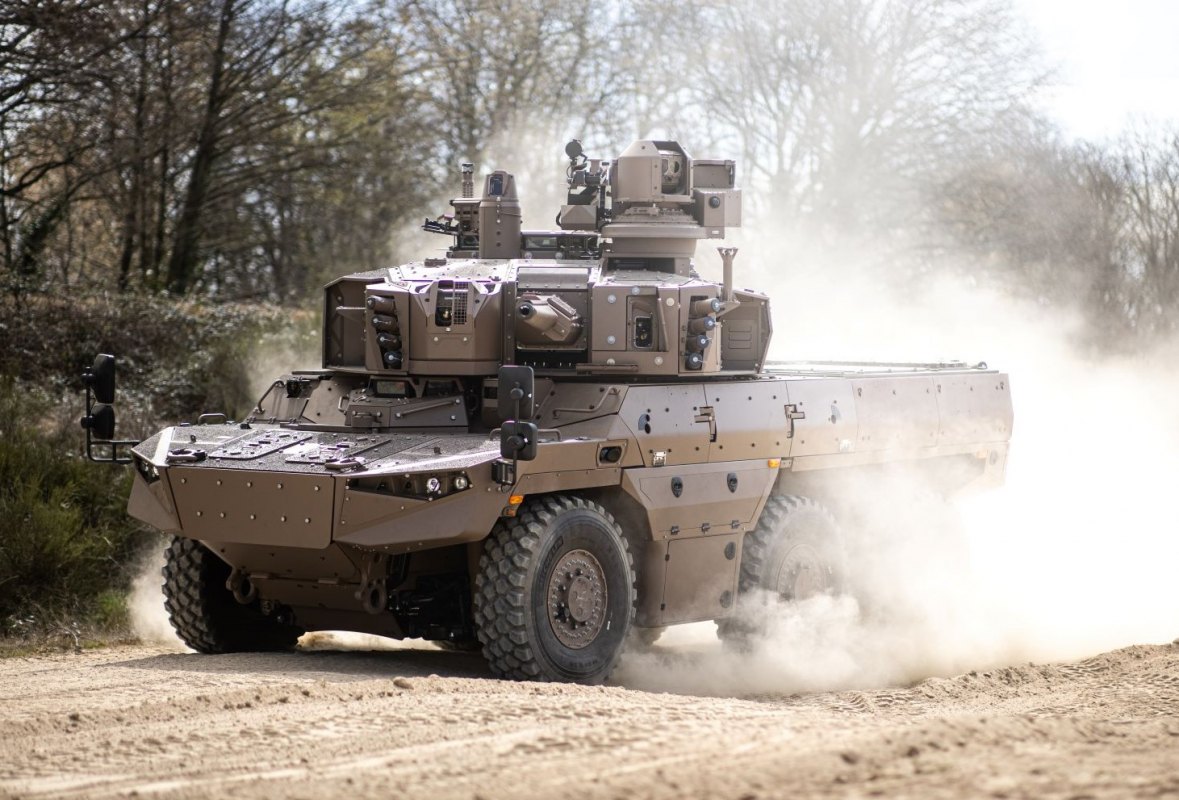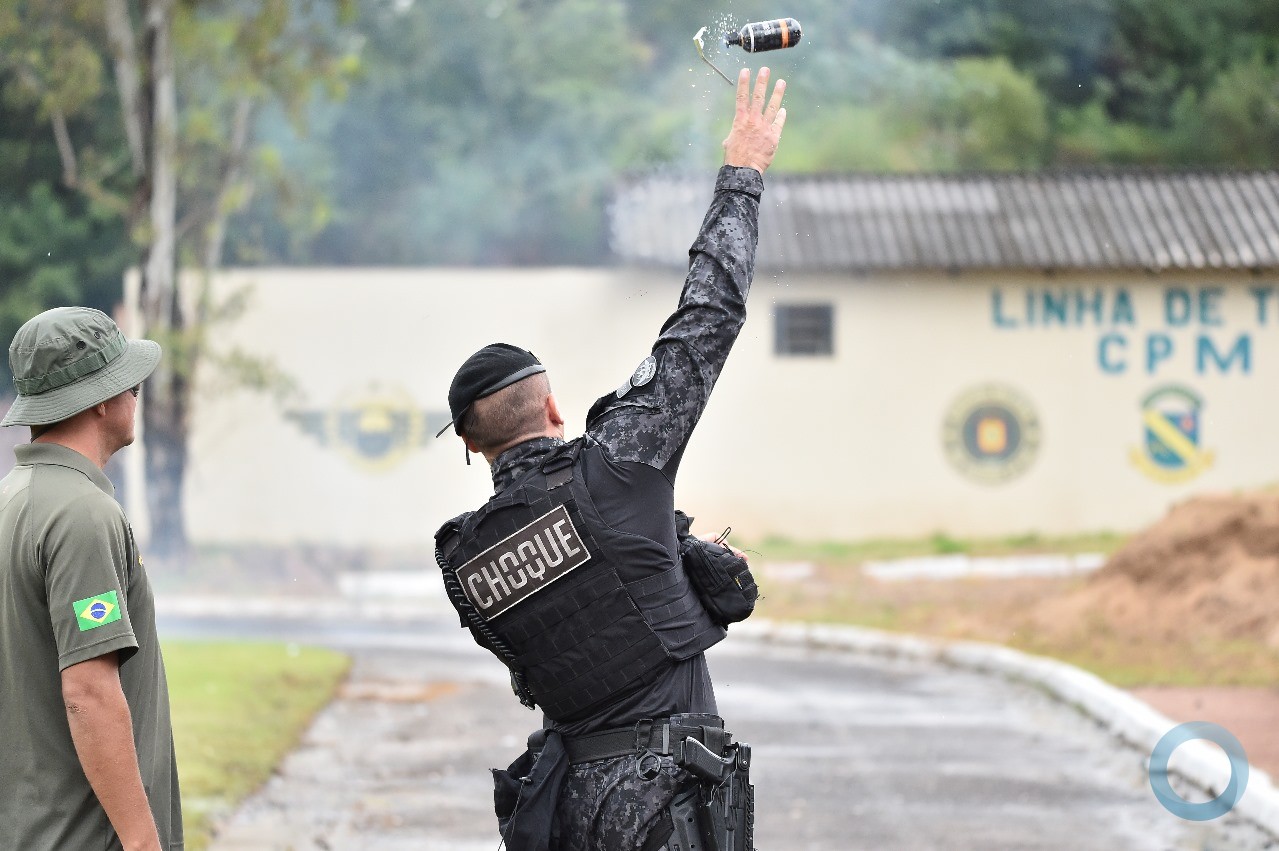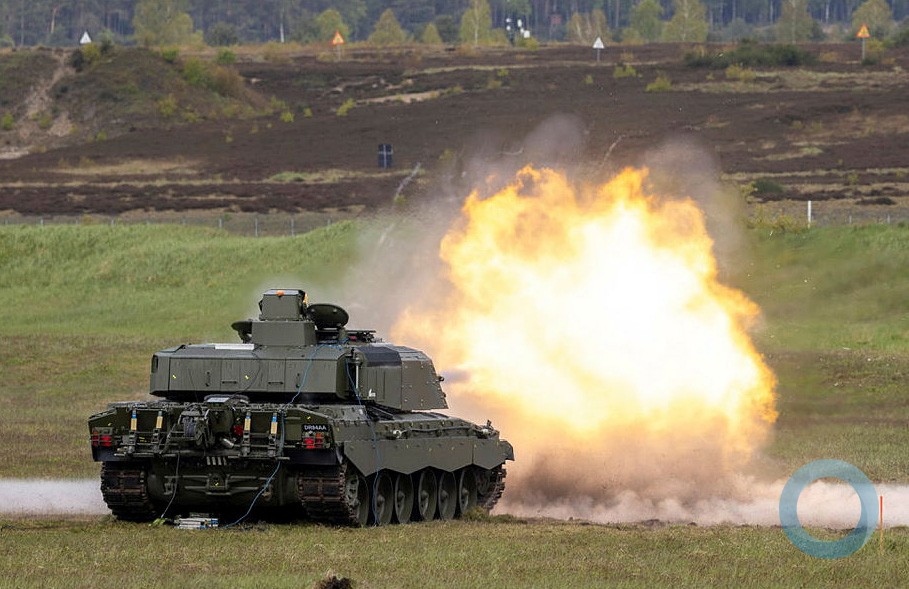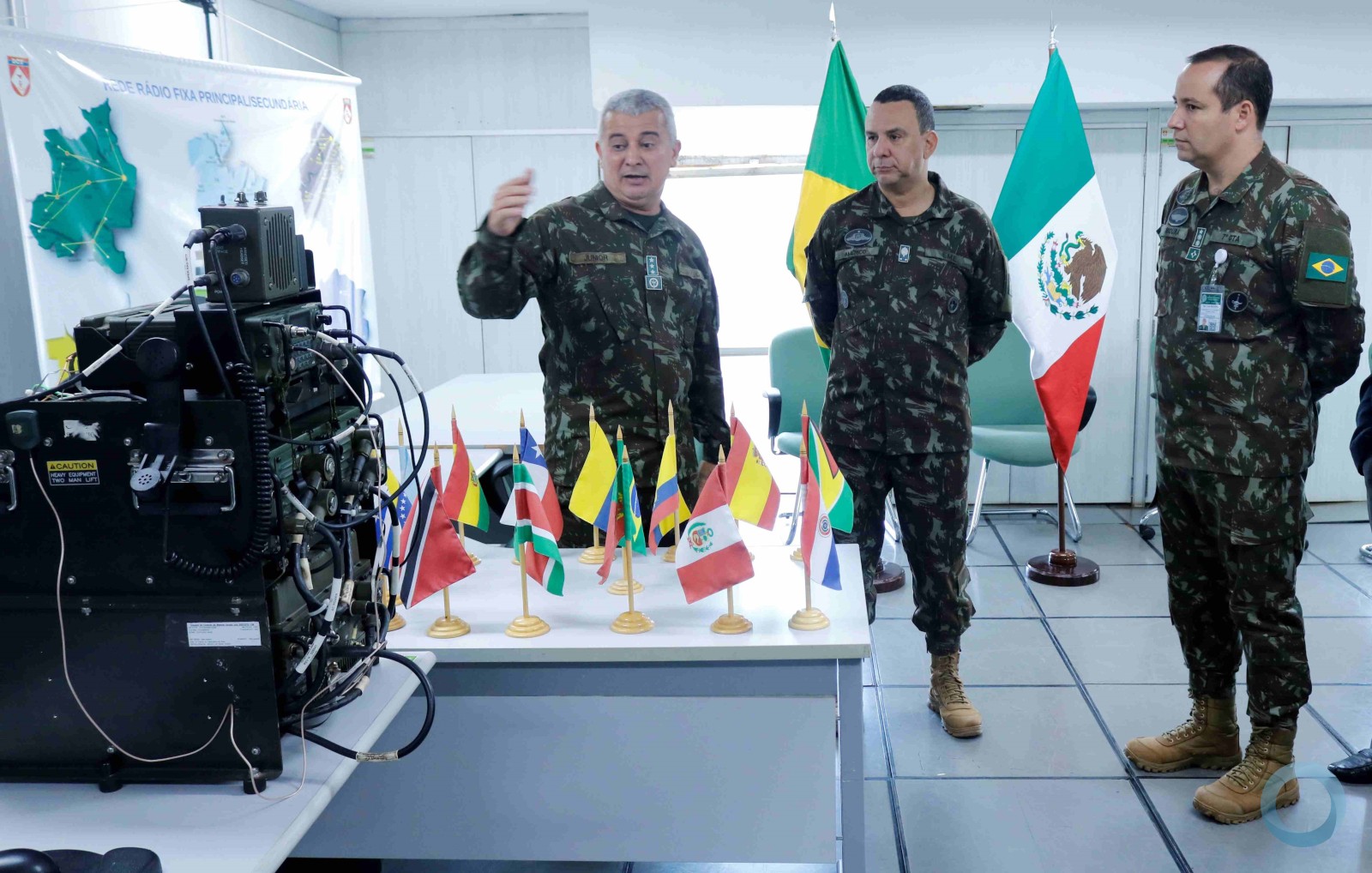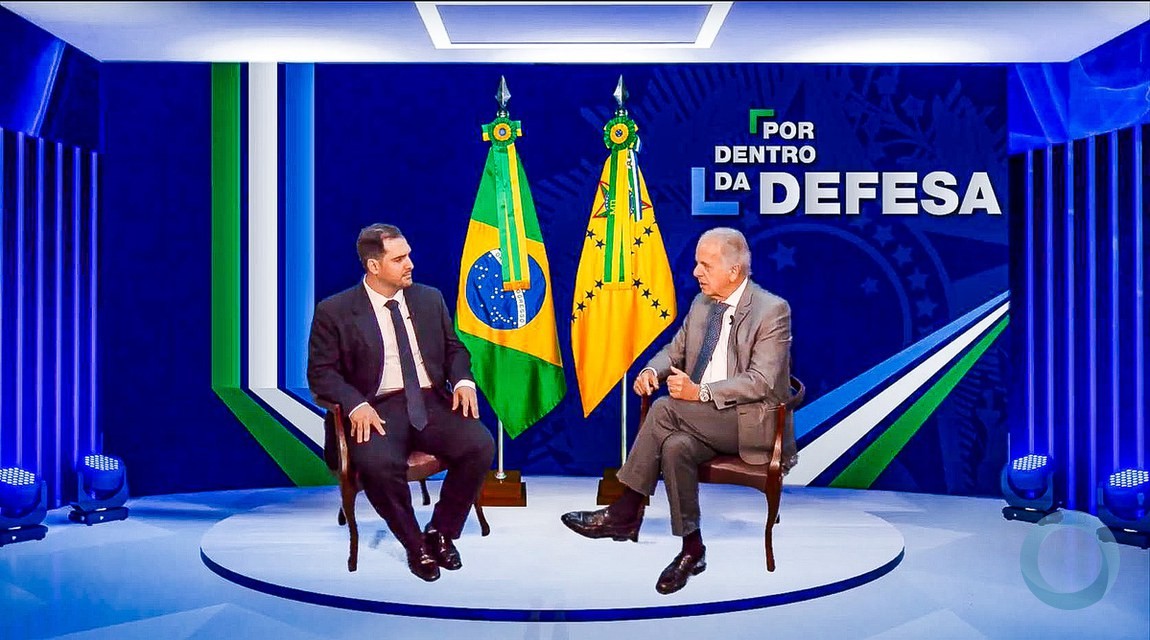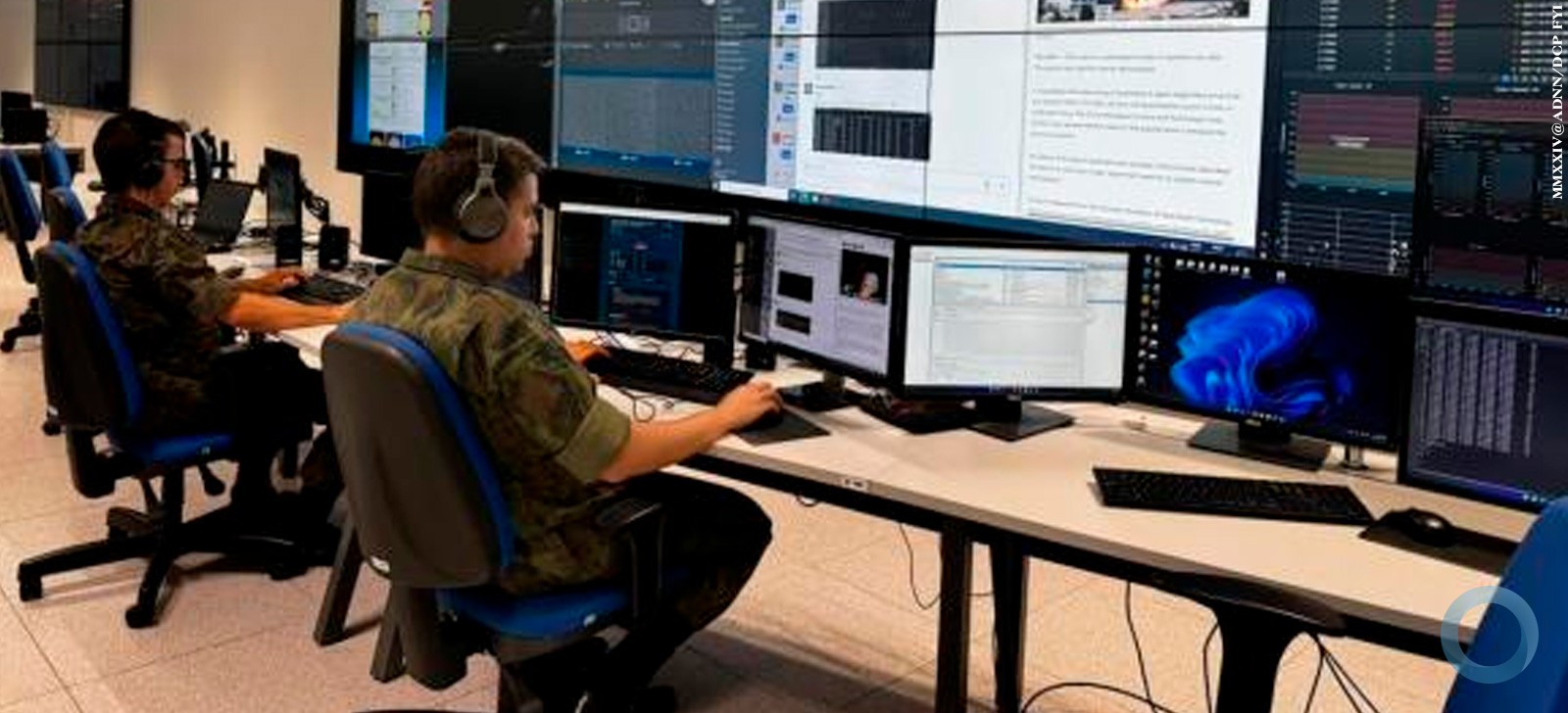|
Andrei Piccinini Legg, Osmar Marchi dos Santos Federal University of Santa Maria Santa Maria, RS/Brazil |
Pedro Procopio de Castro, Victor Emanuel Neves, Cristiano de Souza Dorneles, Rodrigo Dias Neto Brazilian Army Santa Maria, RS/Brazil
|
ABSTRACT
The Brazilian Army has been pushing the use of simulation technology as a key component during training across its different training establishments. One of the first schools inside the Brazilian Army to adopt the use of simulation technology was the Brazilian Armor School (CI Bld – Centro de Instrução de Blindados).
During training, CI Bld instructors use virtual simulators to train students to the latest knowledge of the Brazilian Armored Tactics, Techniques and Procedures (TTP) at the company level. Training exercises have a very tight schedule, which include up-to-date TTP subjects using virtual simulators and a tailored after action review.
The exercises with virtual simulators have been taking place since 2012. Since then, more than 1000 students have attended the exercise. This work presents the methodology used in the exercises at CI Bld and how it has improved training at the Brazilian Armored Tactics, Techniques and Procedures. Moreover, changes carried out to enhance the training exercises during these years are discussed.
INTRODUCTION
Simulation is often used for training civilian and military personnel, to understand the use of simulation in a training establishment, it is necessary to know the equipment and simulation systems used in the training process. Considering military instructions, it is necessary to understand how each simulator interacts with the desired level of military instruction. For instance, live simulation is closer to reality, but may not be applicable for large tactical training purposes as they focus on training specific procedures or tasks until they are correctly executed.
Using live simulation for large tactical training would be very expensive, since it requires a lot of time and demands too many resources. At the Brazilian Armor School (CI Bld – Centro de Instrução de Blindados) several simulation techniques are used for military instruction, including live, constructive, virtual and tactical simulation.
In this paper, we focus on the use of virtual simulation for training Officers and Non-commissioned Officers to the latest knowledge of the Brazilian Armored Tactics, Techniques and Procedures (TTP) at the company level. Virtual simulators are used in the exercises for training the TTP significantly reducing the cost of acquisition and maintenance and increasing the flexibility in the configuration and use of the simulators according to specific demands.
The main objective of the simulation exercises provided in the TTP course concern tactical training at the company level and demands of command and control, especially at the platoon and company level.
Paper Outline
This paper is organized as follows. The next section introduces the Brazilian Armor School. Then, the course on the Brazilian Armored Tactics, Techniques and Procedures is presented, focusing on the benefits of using virtual tactical simulators.
After that, a discussion about the results obtained from previous courses, in terms of exercises of the TTP, at CI Bld are discussed. The paper concludes with final remarks and future directions.
BRAZILIAN ARMOR SCHOOL
The Brazilian Armor School (CI Bld – Centro de Instrução de Blindados), also known as Gen. Walter Pires Instruction Center (Centro de Instrução de Blindados General Walter Pires), is a Brazilian Army military organization. It was created on October 11, 1996, through the Ministerial Ordinance Nr 656 (CI Bld, 2017). On January 1, 1997, it started its operations in the city of Rio de Janeiro. In accordance with the objectives proposed by the Brazilian Army Restructuring Basic Plan (between 2003-2007) (Ministério da Defesa, 2012), CI Bld changed its headquarters from the city of Rio de Janeiro to the city of Santa Maria, in the south of Brazil.
As a training school, CI Bld’s mission is to contribute to the development of military doctrine and to cooperate with other organizations in the field of defense, education and the use of armor tanks and vehicles.
To achieve its mission, CI Bld has several lines of actions, each one culminating in different courses that are offered by the establishment. One of the main courses offered by CI Bld, trains officers and non-commissioned officers of the Brazilian armored forces, and from friendly nations as well, in the Brazilian Armored TTP.
COURSE ON BRAZILIAN ARMORED TACTICS, TECHNIQUES AND PROCEDURES
The Brazilian Armored TTP course provided by CI Bld aims to describ the currently, up-to-date, TTP of the Brazilian Army. Figure 1 presents a timeline of the main changes that have happened to the training since its start in 2012. To train and evaluate students to the TTP, virtual tactical simulation is a key factor that has changed over the years to cope with specific requirements found in the Brazilian Army.


The first Troop Tactical Training on Virtual Simulators (TTTVS – EATSV – Exercício de Adestramento Tático em Simulação Virtual) was conducted on an experimental basis in 2012, within the scope of the 6th Brigade of Armored Infantry, and officially in 2013 and 2014, as foreseen in the Ground Command Instruction Program (PIM/COTER – Programa de Instrução Militar do Comando de Operações Terrestres).
The TTTVS relies on the use of virtual tactical simulation and initially aimed at providing the opportunity to conduct the training of a troop company in interaction with other combat functions. All the tactical planning is conducted by the military from a specific Military Organization, which is attending the course. The evaluation and identification of opportunities for improvement in the exercises are provided the instruction team at CI Bld.
The TTTVS consisted of a virtual environment exercise. It was designed to fit the training of an armored company task force with the support of artillery and engineering elements. This activity used a methodology like a Terrain Exercise (TE) usually performed in a Military Organizations.
The difference between TE and TTTVS lies in the organization of the exercise. The instruction team at CI Bld offered the structure and prepared the scenarios according to the training objectives foreseen in the PIM/COTER and Armored Troops Training Program (PPA – Plano Plurianual do Exército Brasileiro) (Ministério da Defesa, 2016), as well as preparing the evaluation sheets for the exercise scenarios and offering technical support. This way, the instruction team acted as an Exercise Control (ExCon), with technical support body, and the participant Military Organization was effectively responsible for the execution of the exercise.
The structure of this activity rests in two principles: the simulation as a tool, not as an objective and the realism based on the process and the structure of instruction consecrated by the Brazilian Army.
The experience gained from the implementation of the TTTVS allowed it to be defined as a capacity generator within the Brazilian Army, since it has had effects on aspects of doctrine, organization, training, material, education, personnel and infrastructure.
Other advantages of the TTTVS were: its positive influence over the motivation of troops, the integration combat functions and the development of the capacity to obtain and maintain situational awareness, command and control. The exercise takes place in two phases: one in preparation, still in the scope of the Military Organization and in charge of the command, and a second phase of execution, already at CI Bld, where it is possible to explore the execution of continuous operations considering the integration of combat functions.
In the execution phase, the task force in training goes through an adaptation period to the simulator, training at both platoon and company levels, and culminating in the execution of the operation planned for that year at the company level.
All steps described above are preceded by the necessary Troop Leading Procedures; Planning; Orders and trials; and are concluded with an After-Action Review (AAR). Beginning in 2016, the exercises has undergone some changes. The initial focus on training, aiming to develop competence for the effective performance of tasks, has been changed to train specific competences to be performed under pre-defined conditions. With these changes, the name of the exercise was renamed to Leaders Tactical Training on Virtual Simulators (LTTVS – EASV – Exercício de Adestramento em Simuladores Virtuais).
Consequently, the attendees for the training included officers and non-commissioned officers, who are the troop’s leaders. Since 2012, up to the present date, more than 30 (thirty) Companies have been trained at CI Bld, carrying out the LTTVS or similar exercises, with personnel coming from approximately 37 different Military Organizations, reaching an estimated audience of 1,500 Brazilian Army personnel (see Table 1).


Use of Distance Learning
One main change in the training course (Figure 1) happened in 2015, when 20 hours for the revision of contents, prior to the attendance of the training at CI Bld were provided through distance learning in a period of 1 week.
The successful use of distance learning triggered a further revision in 2017, when 40 hours of revision content was added to the distance-learning course in a period of 4 weeks. The use of distance learning (Figure 2) enable students to get familiar with the contents of the training.
At the end of the distance-learning phase, every student must complete exercises about the subjects of the course. The exercises have no impact on the student’s grade, but are used to assess the level of the student’s’ understanding prior to the course. With the prior assessment of student’s understanding, the instructors can focus on certain exercises during the face-to-face phase of the training.


Use of Virtual Tactical Simulators
One key aspect of the TTP course at CI Bld includes the use of virtual tactical simulators. Professional virtual simulation software is installed on common commercial computers, dispensing the use of special peripherals or like the actual equipment. Significantly reducing the cost of acquisition and maintenance, and increasing flexibility in the configuration and use of the simulator according to each specific demand.
The main objective for the simulation is at the company level tactical training and the exercise of command and control, especially at the platoon and company levels. At CI Bld, a room of 53 computers (Figure 3) running the "Steel Beasts" software (eSim Games, 1995) enables the virtual tactical simulation of up to a company level, of the same nature, or as a task force. Software configuration flexibility as well as a greater availability of stations enable collective training that focuses at the company level.
The advantages of employing a tool such as virtual simulation in military training are several, like saving resources, preserving equipment, and increasing safety in training activity. It is a fact that the economy of resources like ammunition and fuel is very high. However, the real economic impact is evident by the elevation of the troop performance indexes, reaching the desired standard in an efficient way.
The preservation of the equipment and the elevation of the safety standards in the education, as well as saving resources, are not characterized by the exclusive training in virtual simulation and the abandonment of the real activity, but by the efficient and safe operation of the equipment available to the troops in a real environment.
Following the achievement of a minimum performance standard in the virtual simulation. Virtual simulation training time is quite optimized, not only in its preparation, but also during execution. The demands of management, coordination, preparation of the means, displacements, among others, are very reduced.
Likewise, the need for support from specialized teams, such as health and maintenance, is reduced, giving a degree of virtual simulation independence in relation to other structures and factors involved in a common training. The very independence of the availability of the real equipment and with respect to the climatic conditions, are also important advantages.
The virtual side is practically the only modality capable of simulating with a degree of realism satisfactory specific situations of the combat that in real situation would be of high risk, as the opening of breach and transposition of minefields, the engagement between vehicles and aircraft, between others.
In addition, the available resources in this modality allow the perception of the effects of enemy fires on the performing troop, giving not only a very realistic immersion in the situation, but also a degradation of combat power for both sides, compatible with the performance of each element in training.
Generally, key advantages of using virtual tactical simulators include:
|
1) |
Decrease in environmental impact: including risks of possible soil contamination (from oil leaks, for instance), destruction of vegetation (falling of trees and fires) and possibility of animal deaths in the terrain of the exercise. |
|
|
|
|
2) |
Economy of fuel: a campaign of an armored company task force made of its supports performing several actions have a high fuel cost |
|
|
|
|
3) |
Safety guarantees: by using virtual simulators, both instructor and students safety is guaranteed. Under live or real simulations, that would not be the case. |


Another significant advantage in the field of virtual simulation, especially for the tactical level of training, is the easy integration of the various combat functions into the training environment, enriching and enabling the execution of typical actions of modern combat.
This functionality comes precisely from the wide range of resources and modeled elements that integrate the program's library by the instructor or even by artificial intelligence. The digital and electronic resources that integrate the virtual simulators also provide exceptional exercise control tools in progress, as well as for conducting AAR activities, from audio and video files generated and recorded by the simulation system, which may not be found in other types of simulation, allowing the instructor an integral control and real-time monitoring of each action of the exercise.
When designing and planning a process of instruction in virtual simulation, which contemplates a gradual sequence of instructions and exercises, in different degrees of difficulty, and with well-defined didactic objectives, the engineering of this process cannot be relegated to the background under penalty of being left at random to achieve the objectives. It is up to the instructor to synchronize each phase of the training, defining the step-in training, in the case of CI Bld, showing how this training should be inserted in different contexts: from the simple operation of an isolated equipment to the collective use of troops in a tactical context. Based on CI Bld’s experience in the application of training in virtual simulation, and the consequent development of an efficient methodology, we have used a graphical conceptual model that summarizes and represents in a direct and efficient way the scheduling of virtual simulation, illustrated by Figure 4.


At the base of the pyramid is the training of the soldiers and the squads focusing on learning the procedures related to the operation of the military material-handling equipment, with extensive use equipment simulation.
In an intermediate phase, already dominating the operation of the equipment, the instructors organized collectively in sections or platoons, begin to interact with the environment and the enemy, developing the necessary competence for the application of the different techniques of combat.
In a final phase, organized into companies, the training becomes eminently tactical, and the instructors are exposed to various situations of complex modern battlefield: elements and civil considerations, integration and synchronization of different combat functions, interactions with friendly forces at various levels, among others.
Considering the usage of virtual tactical simulators in the TTTVS exercises, the advantages include:
|
1) |
Economy of time: due to the nature of the course, which aims to up-do-date students to the latest TTP of the Brazilian Army, the use of virtual simulators are key to the development of the course. Where using real armored vehicles would be infeasible to achieve in the required period of the course; |
|
|
|
|
2) |
Didactic control over exercises: the insertion of the instructor in various simulation scenarios, in the context of different tactical situations, and the extreme realism in the actions generate numerous benefits for the instruction and consequently for training the students. |
|
|
|
|
3) |
Greater flexibility to the exercises: being able to simulate different types of terrain, under varied meteorological and visibility conditions through virtual simulators, provides faster and more flexible training of the TTP. Ensuring a better instructor-instructor interaction with tools for the instructional team to interfere in real time and with minimal disturbance to the exercises, either by changing the conditions of the scenarioor to guide the students to the best performance. |
|
|
|
|
4) |
Faster evaluation of exercises: with virtual simulators, conducting AAR, is faster and more accurate since all data is already gathered in the system. |
EVALUATION FROM EXERCISES OF THE TTP COURSES
The evaluations of the students are carried out over 6 different simulation exercise scenarios. Each scenario has a specific training objective. Currently, training exercises of the TTP include (i) maneuverability, (ii) contact actions, (iii) immediate action techniques, (iv) occupation of position; (v) engaging process; (vi) offensive (or defensive) operation.
Each training exercise has an evaluation sheet, which contains the expect action from the student and if it has been executed or not (method go – no go). Every sheet is composed of 30 different items from the TTP. The military are responsible for filling the evaluation sheets during the execution of the simulated exercises in an Observe – Control – Evaluate methodology. We made an analysis from AAR exercises composed of several items to be completed during the exercise.
The evaluation was based only on final grades of different Military Organizations. Due to their heterogeneity, we are making the comparison as fair as possible, reminding that our objective is to evaluate the quality of the training exercises based on the evaluation of a final exercise.
We got the grades from last 13 (presented on Table 2) Military Organizations that attended the course at CI Bld. To obtain a training quality metric, our goal was to determine whether training has been most effective or not. To make a comparative, we solve our analysis based only on the final grades performed by each Military Organization that attended the TTTVS/LTTVS.


To evaluate the median (expected value) and the standard deviation from the final grades we use the follow equations:


From the grades, we can obtain a graphical representation that provides a way to determine the tendency for future exercises. This allows a comparison between exercises. There are several different ways to present, graphically, the grades obtained in the exercises. In this work, we use the least-square fit (Miller, 2006) (Björck, 1996) to produce a trend line.
We evaluate the values of linear coefficient (b) and angular coefficient (m) to generate straight line: ? = ?? + ? in the graphic of Figure 5. Both (b) and (m) are calculate as follows:


The trend line is calculated as ? = 1.1076? + 45.8938.


Figure 5 shows the grades in chronological order. In this same graph, we plot the average value for the 13 exercises and the standard deviation. The calculated trend line, based on least square fit, is presented and shows that the results of the exercises tend to improve.
Based on this metric we can state that the courses are being conducted correctly. The improvements can be attributed to two main changes. First, in 2016 it was incorporated a preliminary test based on the basic knowledge of the doctrines that are employed at the TTP course. Second, the instructors are constantly improving their skills, as the courses become more structured, teaching techniques are easier to be applied.
FINAL REMARKS
The Brazilian Armor School (CI Bld – Centro de Instrução de Blindados) is one of the first military establishments in Brazil focused on the use of simulation for training. At CI Bld, both live, virtual and tactical simulations are used. Courses for training Officers and Non-commissioned Officers to the latest knowledge of the Brazilian Armored Tactics, Techniques and Procedures at the company level are carried out several times during the year.
The course started in 2012 and, since then, more than 1000 students have attended the course. Main changes to the course happened in 2015 and 2017. In 2015, 20 hours of distance learning was added to the course with the objective of understanding the level of the students, prior to the course execution. In 2017, the distance learning phase was increased to 40 hours, recognizing the importance of a first contact, before the exercises using computer simulation at CI Bld.
After the distance learning phase, several exercises are carried out by the military at CI Bld. The exercises are used to teach and evaluate the personnel. Since the use of distance learning, in this paper we have shown that the trend line for future exercises are positive. Meaning that future courses tend to have better grades. Overall, considering our work at CI Bld courses, we can state that virtual tactical simulation, nowadays in Brazil, is imperious to learning the currently up-to-date Brazilian Armored Tactics, Techniques and Procedures.
Furthermore, the use of distance learning provided a way to analyze the background of each student that was not previously possible, increasing the training efficiency of the course.
ACKNOWLEDGEMENTS
We would like to show our gratitude to the CI Bld, in especial to the last three commanders: Colonel Marcelo Carvalho Ribeiro, Colonel Alex Alexandre de Mesquita and Colonel Ádamo Luiz Colombo da Silveira for their unconditional support and cooperation. This work was partially supported by the Brazilian Army.
ABOUT THE AUTHORS
Andrei Piccinini Legg is an Associate Professor at the Federal University of Santa Maria – Brazil (UFSM). He is researcher in two different military projects with the Brazilian Army focused on live and virtual simulation. His research focus includes image processing, electronic design, error correction codes and wireless communications. He received his B.S. (2005), M.S. (2007), and Ph.D. (2011) in electrical engineering from the Federal University of Santa Catarina – Brazil (UFSC).
Osmar Marchi dos Santos is an Associate Professor at the Federal University of Santa Maria – Brazil (UFSM). He is researcher in two different military projects in cooperation with the Brazilian Army focused on both live and virtual simulation. His research interests include image processing, and the development of embedded and realtime systems. He has a PhD (2009) in Computer Science from the University of York (UK).
Pedro Procopio de Castro is a Brazilian Army Captain. He is Technical Engineer at the Brazilian Armor School. He works as a developer at the Simulation Section, introducing and using virtual simulation softwares. He worked in Simulation Integration Project with Ground Operations Command in the years 2014-2015 and participated as an execution officer of the Exercises of Integrated Simulation provided at the same period. His interests include HLA-based integration and Distributed Simulation, besides the research of new technologies applied to the simulation area. Nowadays, he is a technical consultant in a research project with Federal University of Santa Maria (UFSM) focused on live simulation.
Victor Emanuel Neves Ferreira is an Armored Cavalry Captain from Brazilian Army. He is Assistant Officer at the Armor School Simulation Section and a Leopard 1 A5 Br MBT specialist. He works to develop and evaluate the Leaders Tactical Training on Virtual Simulators using virtual softwares for tranining and enhancement of troops that conduce armored vehicles. His interests include tactics, techniques and procedures for armor and reconnaissance troop and the teaching methodology combined with virtual simulation. At the moment, is a member of the Leaders Tactical Training on Virtual Simulators Exercise instructor’s team.
Cristiano de Souza Dorneles is an Armored Cavalry Captain from Brazilian Army. He is an Assistant Officer at the Armor School Simulation Section, a Leopard 1 A5 Br MBT specialist and Master Gunner. Works conducting, developing and evaluating the Leaders Tactical Training on Virtual Simulators using virtual software for training and enhancement of armored troops. His interests include the employment of the LVC simulation on armored and mechanized troops training. At the moment, is a member of the Leaders Tactical Training on Virtual Simulators Exercise instructor’s team.
Rodrigo Dias Neto is a Captain from Brazilian Army, where he works as Technical Adjunt at Simulation Section of Armor School. Cpt Rodrigo earned his Bachelor’s degree in Electronic Engineering from the Military Institute of Engineering (IME). He has been working with simulation systems since 2013 and is interested in Human Interface Devices (HID).
REFERENCES
Björck, Å. (1996). Mathematical and Statistical Properties of Least Squares Solutions. In Å. Björck, Numerical methods for least squares problems (pp. 1-9). Linköping, Sweden: Siam.
CI Bld. (2017, March 9). Histórico. Retrieved june 6, 2017, from Centro de Instrução de Blindados General Walter Pires: http://www.cibld.eb.mil.br/index.php/historico
eSim Games. (1995, december). Retrieved june 7, 2017, from Steel Beasts: https://www.esimgames.com/
Miller, S. J. (2006). The Method of Least Squares. Retrieved june 7, 2017, from Mathematics Department Brown University: https://web.williams.edu/Mathematics/sjmiller/public_html/BrownClasses/54/handouts/MethodL eastSquares.pdf
Ministério da Defesa. (2012, july 7). Planejamento Administrativo – SIPLEx6. Retrieved june 6, 2017, from http://portal.tcu.gov.br/biblioteca-digital/sistema-de-planejamento-do-exercito-planejamento-administrativosiplex- 6-1.htm
Ministério da Defesa. (2016, march 24). Plano Plurianual da União para o período de 2016 a 2019. Retrieved june 7, 2017, from http://www.defesa.gov.br/arquivos/lai/acoes_programas/ppa/caderno_ppa2016_2019.pdf






